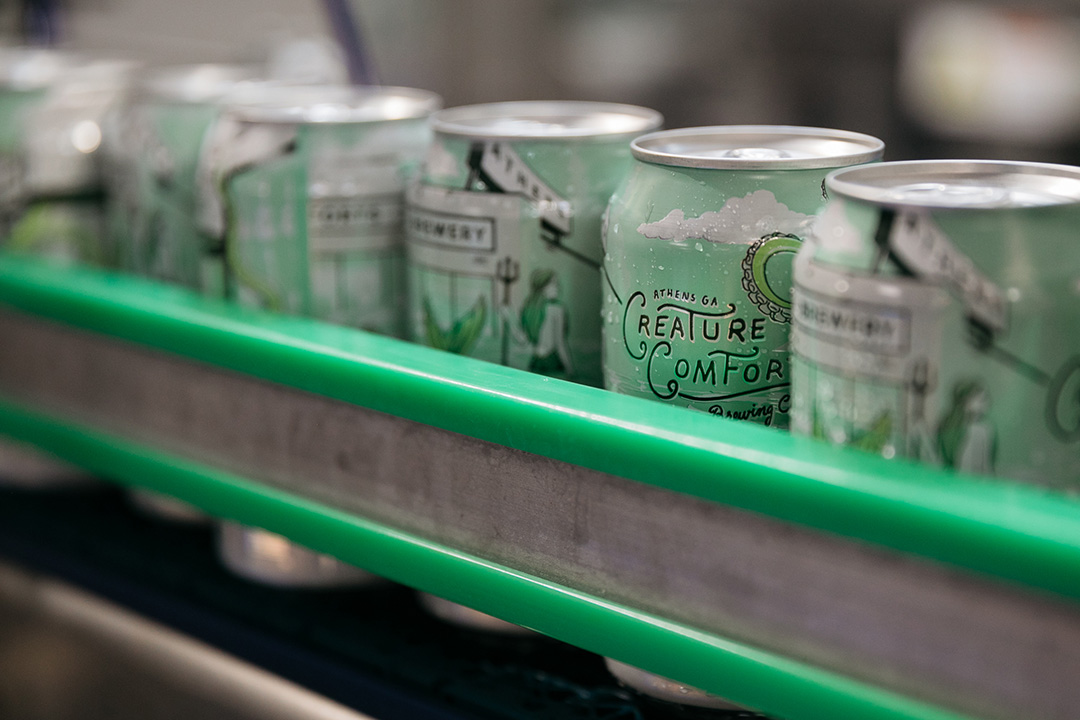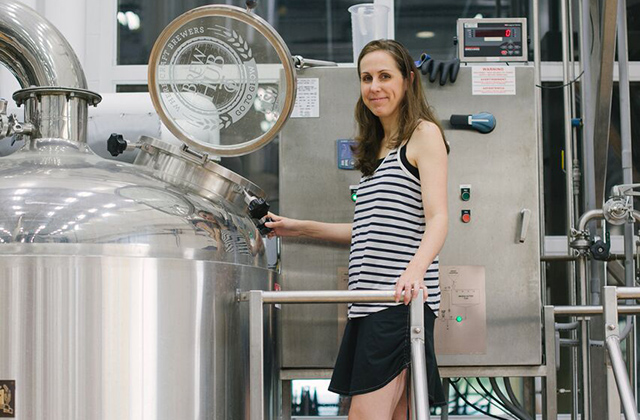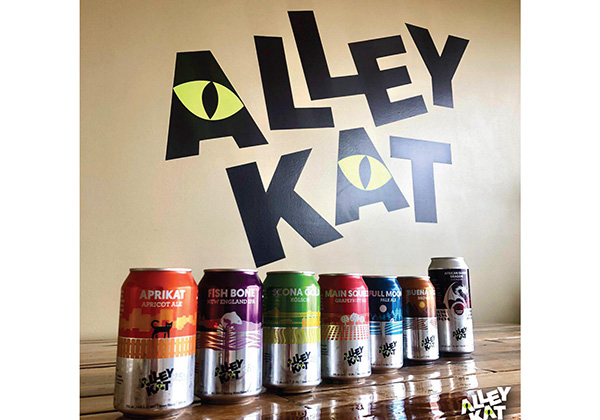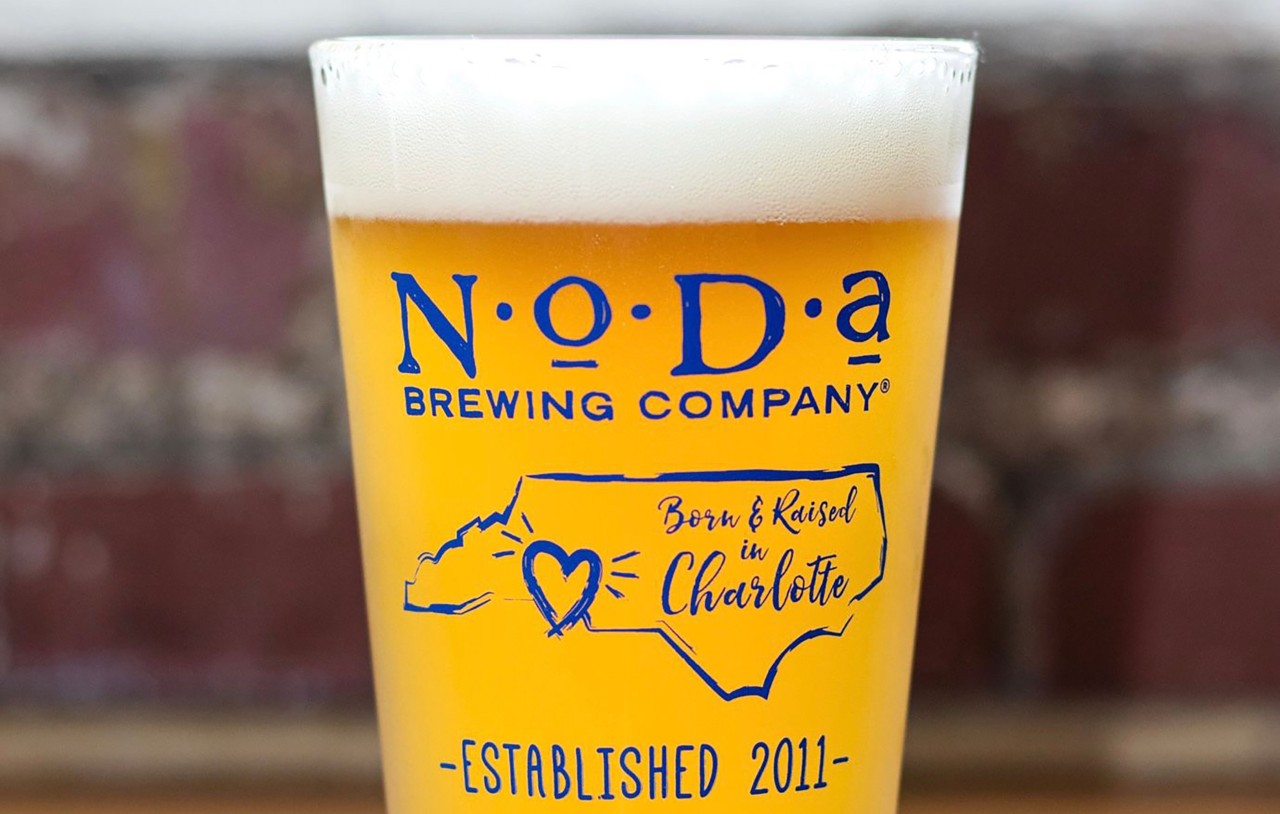
Creating quality beer is one thing. Getting that fresh and quality product to consumers can be another. Much has to be done before an off-premise product can touch the lips of a consumer. Even before that beer has a quick and logistical path to the retail outlet, it needs to be properly canned or bottled.
That’s the start of quality. And along with flexibility, it can be a key component when searching for a line upgrade.
Breakside Brewery Brewmaster Ben Edmunds said the Portland, Oregon, brewery definitely oversized its bottling line.
“[We] knew that it was something that we would grow into,” he said of the brewery that produces more than 23,000 barrels per year. “We’ve maxed capacity elsewhere in the brewery, but we really only run the line for about 20-25 hours per week still.
“Some of that is a function of our brewery’s package mix, but this means that we can continue to grow with this bottling line for a while.”
Breakside runs a 24-head rotary filler from Moravek that can do both 12 and 22 ounce bottles.
“We wanted the flexibility to do single serve and six-pack offerings off of our line,” Edmunds said.
He added that the changeover is very quick.
“It takes us less than an hour,” he pointed out. “It also has an in-line carbonator, which allows us to shave off a day of cold conditioning and settling time.”
In Ellensburg, Washington, Tyson Read of Iron Horse Brewery said they originally chose a Cask line for their first machine because it was the right speed and it was available (and used, he added).
“The second Cask was because it was the right speed and available,” he explained. “It was a new model and they had some advance builds that we were able to claim.
“Obviously, speed is a major player because it has to work for your production speed, schedule, and growth.”
Mitch Steele brought a lot of his experiences at Stone Brewing to his new operation, New Realm in Atlanta. He said that several considerations included price and overall capacity.
“Our biggest concern was being able to empty a full tank of beer in a day with whichever line we chose, so we sized each line accordingly and then searched for lines that would fit our budget,” he explained. “Then we looked for experience and recommendations from brewer friends, the build quality, ease of cleaning, flexibility and the ease of changeover for different package sizes, and the ability to get the quality we wanted with regard to fill levels and DO pickup.
“Service and company support were big factors as well.”
Looking toward the future and understanding what sort of growth New Realm could have played an important role in decision making as well.
“We definitely looked at the projected maximum capacity of our brewery and sized each line accordingly,” Steele said. “We didn’t want to have to swap out the line for a bigger model in a few years.”
“We need absolutely the lowest TPO numbers and flawless seams,” pointed out Creature Comforts co-founder and Brewmaster Adam Beauchamp. The Athens, Georgia-based facility recently upgraded to a 250 can-per-minute line (“Top-notch quality typically starts with the larger systems,” he said).
“Ease of maintenance is a big consideration as well as the rate of production,” he added. “Intuitiveness of operation is also critical.“
Iron Horse started with a mobile canner because it was a quick way to get into canning without the massive upfront costs, Read said.
“Unfortunately, scheduling becomes a challenge and rapid adaptability to market needs is nearly impossible,” he said. “Pair that with the fact that at some point the volume and the fees makes owning your own a viable solution.”
Looking back, Read said there are features they wished they had and others that they would recommend for anybody looking at canners.
“I wish we had a rotary counter pressure canner,” he said.
He shared that one feature that everyone should require for a canner purchase is cam-driven seamers.
“Do not, ever, buy a unit with pneumatic seamer operations,” he warned.
The brewery’s desire to grow definitely was a major factor on how fast of a system they needed.
Beauchamp said he heard a lot of horror stories four years ago about mobile canning that dissuaded him from ever considering it for Creature Comforts. But he’s been persuaded as of late.
“I think there are companies that do it well now, so I believe it is a viable option these days,” he said.
Breakside has only done a small amount of canning and Edmunds said that they worked with a mobile outfit to do it.
“The problem that we face when working with mobile lines is that they are slow,” he said. “A ‘long day’ for them is only 60-70 barrels, and that’s simply too slow for our current output.”
As such, Breakside probably won’t do any more can projects until they purchase and install their own line.
“I’d guess that will happen in the next two to three years,” Edmunds said.
(From the May/June 2019 Issue of Brewer Magazine)




1 Trackback / Pingback